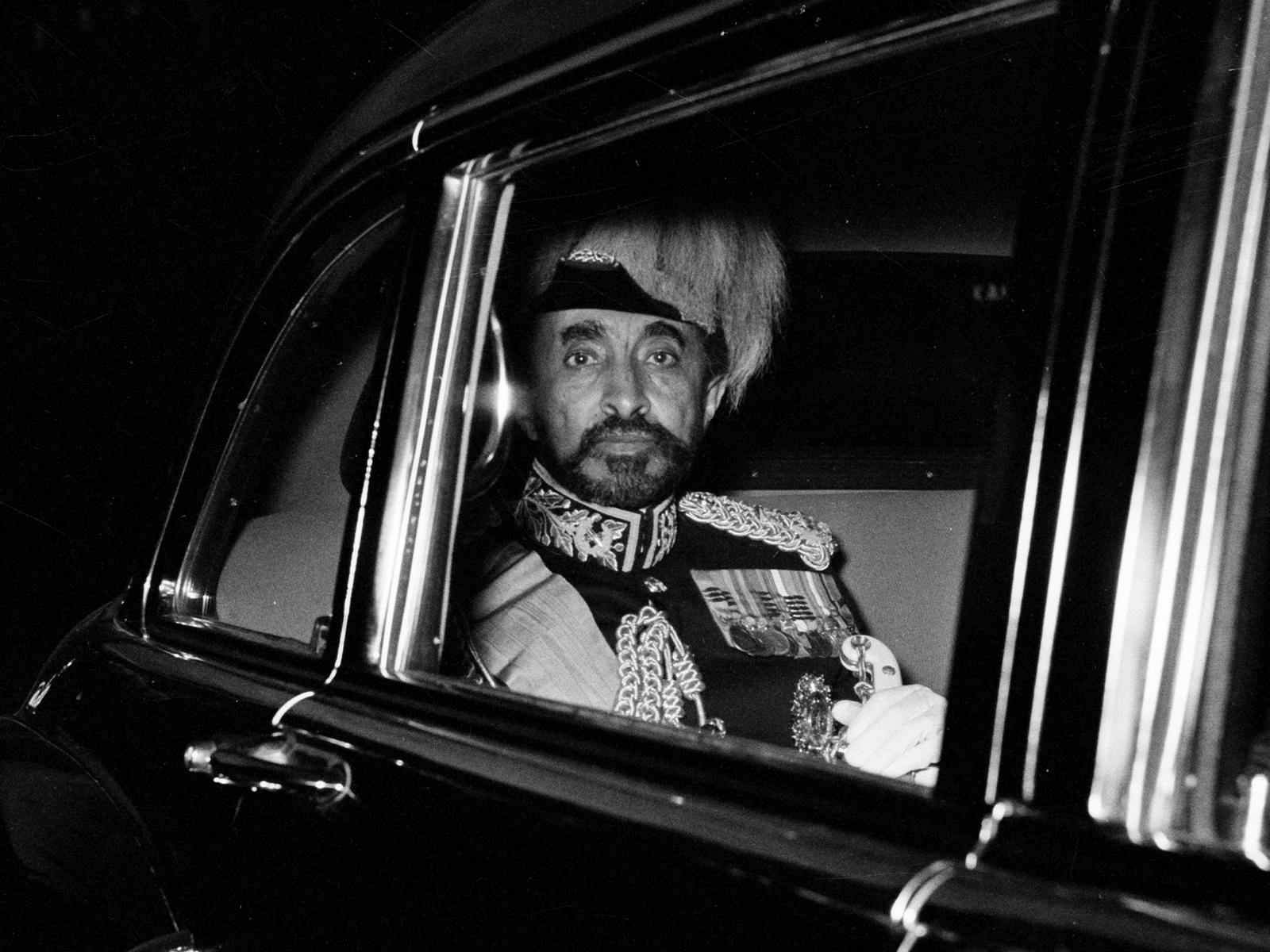
Haile Selassie’s commitment to preserving Ethiopia’s sovereignty began long before he ascended to the throne in 1930. His strategic diplomacy and unyielding determination to safeguard his nation’s independence earned him the title “Conquering Lion of the Tribe of Judah.” This title, deeply rooted in Ethiopian culture, reflected his steadfast leadership against external threats.
The 1935 invasion by Mussolini’s fascist forces marked a crucial test for Ethiopia. Despite being outnumbered and outgunned, Haile Selassie galvanized his people to resist the Italian occupation. His impassioned plea for assistance at the League of Nations in 1936 fell on deaf ears, highlighting the harsh reality of colonial-era indifference.
However, Haile Selassie’s call to action echoed far beyond the League of Nations. His unwavering stance became a beacon of hope for Pan-Africanists across the continent. Leaders and activists, such as Kwame Nkrumah, Jomo Kenyatta, and Patrice Lumumba, drew inspiration from Ethiopia’s resistance, viewing it as a testament to Africa’s ability to overcome colonial subjugation.
The Ethiopian resistance against Italy came to a turning point in 1941, with the combined efforts of Ethiopian patriots and Allied forces, eventually leading to the liberation of the nation. This triumph not only restored Ethiopia’s independence but also provided a powerful narrative for the broader Pan-African struggle.
Haile Selassie continued to champion Pan-Africanism in the post-war era. As a founding member of the Organization of African Unity (OAU) in 1963, he worked tirelessly to unite African nations against colonialism and apartheid. The OAU, later succeeded by the African Union, embodied the principles of self-determination and solidarity that were central to Haile Selassie’s vision for the continent.
The Rastafari movement, originating in Jamaica in the 1930s, also drew inspiration from Haile Selassie, considering him a messianic figure. His perceived divinity played a significant role in the global spread of Rastafari, which, in turn, fueled awareness and support for Ethiopia’s historical struggle against colonialism.
Today, Haile Selassie’s legacy lives on as a symbol of resistance, unity, and Pan-African pride. Ethiopia’s steadfast defense against colonial forces under his leadership remains a defining chapter in African history, shaping the narratives of independence movements across the continent. As the world commemorates Ethiopia’s resistance and celebrates Pan-Africanism, Haile Selassie’s legacy endures as a testament to the indomitable spirit of a nation and a continent.
